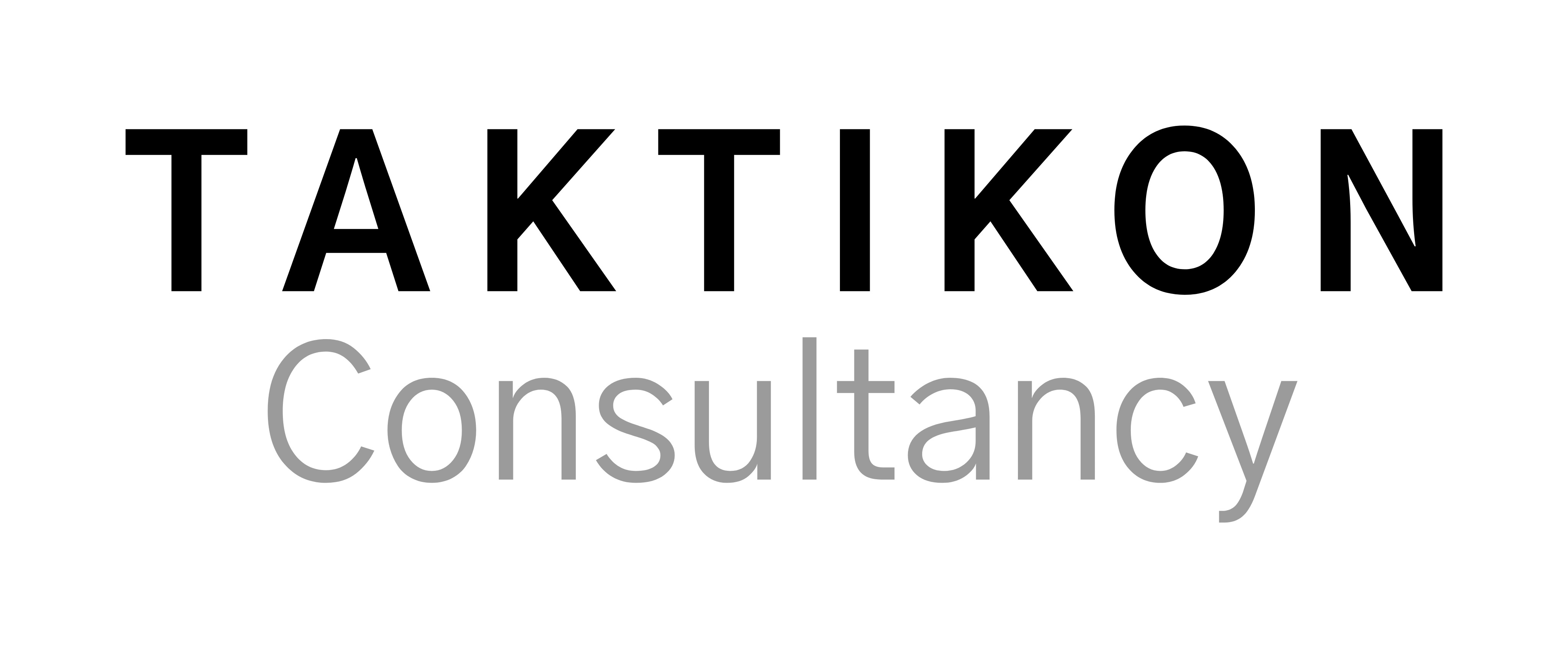As Revenue Managers and hotel owners, we know that pricing strategy is at the heart of successful revenue management. Recent changes in Multi-Distribution Agreements (MDA) have given us greater freedom to set our own prices, but they have also introduced new challenges when it comes to maintaining Rate Parity—ensuring consistent pricing across various distribution channels. But what does this really mean for us, and how do we handle the fact that Online Travel Agencies (OTAs) sometimes offer prices we have no control over?
What is MDA and Rate Parity?
MDA is a distribution agreement that allows hotels to distribute their prices freely across multiple channels, providing more flexibility. Rate Parity, on the other hand, means that a hotel must offer the same price on all channels, including OTAs like Booking.com and Expedia. When hotels start using MDA, they gain more freedom to control their own prices. However, this also gives OTAs room to set their own rules, which can create issues with price parity.
The Issue with OTA Pricing
In theory, we should have control over our pricing structure when we set our own rates. But in practice, we often see OTAs using their own discounts or dynamic campaigns, resulting in prices lower than what we offer on our direct channels. For example: A hotel might set a price of 1000 SEK for a room on its own website, but an OTA could offer the same room for 940 SEK by using hidden discounts, local market campaigns, or currency exchange rate adjustments. This undermines the hotel’s pricing strategy and creates unfair competition, even though the hotel believed it had full control over its rates.
How to Manage This: Five Smart TipsMonitor
- Take the Next Step: Take a moment today to review your current distribution channels. Are OTAs adhering to your pricing rules? How do your prices compare with competitors? Try a price monitoring tool and see if you have full control over your prices across all channels. The first step toward a smarter pricing strategy is ensuring you have the data and insights needed to act quickly and effectively.
- Be Proactive and Regain Control
To succeed with your pricing strategy, you need to take a proactive approach. With MDA comes more freedom, but also more responsibility. By monitoring, analyzing, and acting on your data, as well as strengthening your direct channels, you can ensure that you retain control over your pricing—even when OTAs try to act independently. - Your Prices Across All Channels It’s no longer enough to just set prices and leave them. To manage rate parity, you need to keep track of how your prices appear on different channels. Use automated price monitoring tools like RateGain, OTA Insight, or RevPAR Guru to ensure that your prices are consistent and that OTAs are not undercutting your direct booking rates.
- Strengthen Your Direct Channels with Added Value Price isn’t always the only deciding factor for guests. Enhance your direct booking channels by offering more than just a lower rate. For example, include benefits like free breakfast, room upgrades, flexible cancellation policies, or loyalty programs to attract customers to book directly with you instead of through an OTA. This way, you create additional value without relying solely on price competition.
- Negotiate Smartly with Your OTAs If you notice that an OTA is offering your rooms at lower prices than agreed upon, address this issue directly with them. OTAs are often open to dialogue, and by demonstrating how their pricing strategy harms your business, you may be able to negotiate better terms or at least get them to adjust their promotions so they don’t undermine your rates.
- Analyze and Leverage Data from MDA One of the major benefits of MDA is the wealth of data you gain access to. Use this data wisely by analyzing demand patterns, competitors’ pricing strategies, and guest booking behaviors. Tools like Price Intelligently or Parity Insight can help you understand where and how your prices are losing parity, and how you can adjust them to maximize revenue without losing customers to OTAs.
- Have a Flexible but Controlled Pricing Strategy Reacting to OTA pricing by constantly lowering your own can lead to a “race to the bottom.” Instead, adopt a dynamic pricing strategy that responds to market demand and competition without being overly reactive. Aim to maintain a balance where you are flexible enough to adjust prices when necessary, but strategic enough to avoid succumbing to constant price pressure.
